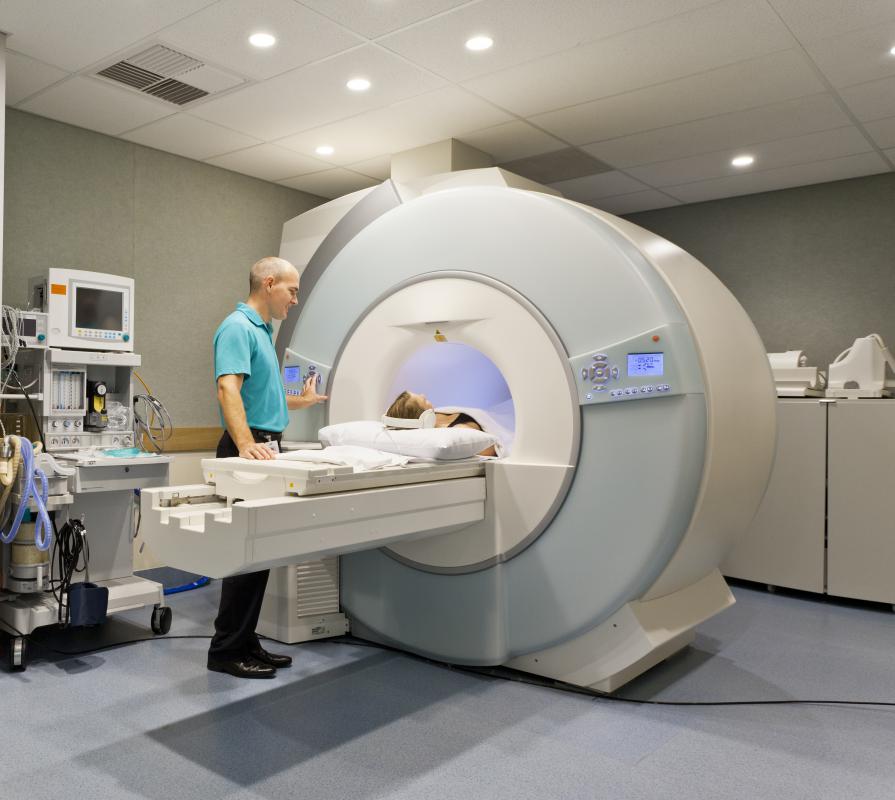At WiseGEEK, we're committed to delivering accurate, trustworthy information. Our expert-authored content is rigorously fact-checked and sourced from credible authorities. Discover how we uphold the highest standards in providing you with reliable knowledge.
What is a Biomedical Engineer?
A biomedical engineer researches and develops new medical equipment, using his or her knowledge of biology, medicine, technology, and mechanical engineering. He or she might create new prosthetic devices, artificial organs, or metal joint replacements for hips, shoulders, and knees. A biomedical engineer also improves the safety and efficiency of hospital equipment, such as medical resonance imaging (MRI) and x-ray machines.
Many biomedical engineers work for medical research and development institutions, studying the existing medical technology and thinking of ways to improve upon it. An engineer may spend months researching a particular instrument, such as an MRI machine, to learn about its complicated parts and processes. He or she then devises a plan on how to make the machine more safe, effective, and easier to use. The biomedical engineer might draw up plans for a new machine and work with a team of technicians to design a prototype device. Once the prototype proves effective in several laboratory and clinical trials, it can be marketed and implemented in medical facilities.

Advancements in medical technology lead to the development of complex prosthetic organs and limbs, as well as braces, wheelchairs, and support systems. A biomedical engineer considers the most common problems that patients face, such as heart issues, and construct instruments that can be used to prevent or overcome their problems. The artificial heart, for example, was the product of years of intensive biomedical research. It is now used worldwide to help people overcome life-threatening heart conditions.

To become a biomedical engineer, a person is usually required to obtain at least a bachelor's degree in engineering, although many research and development institutions give preference to scientists with master's or doctoral degrees. Undergraduates typically major in mechanical engineering, though they often take multiple classes in biology, chemistry, and medicine to supplement their engineering courses. Many graduates take internship positions at research facilities, where they learn firsthand about the creation and implementation of new devices. Some states and countries require that new engineers pass a licensing examination in order to conduct independent research and develop new products.
Experienced biological engineers are generally in high demand in order to apply the newest technology and principles to the creation of safe, effective medical devices. The increasing population of elderly people and injured war veterans is creating an immediate need for new equipment, including prosthetic devices and wheelchairs. Skilled biomedical engineers ensure that people can live as comfortably and independently as possible by providing them with the latest medical technology.
AS FEATURED ON:
AS FEATURED ON:












Discussion Comments
Is a medical helicopter or air ambulance considered a biomedical engineering device?
Post your comments